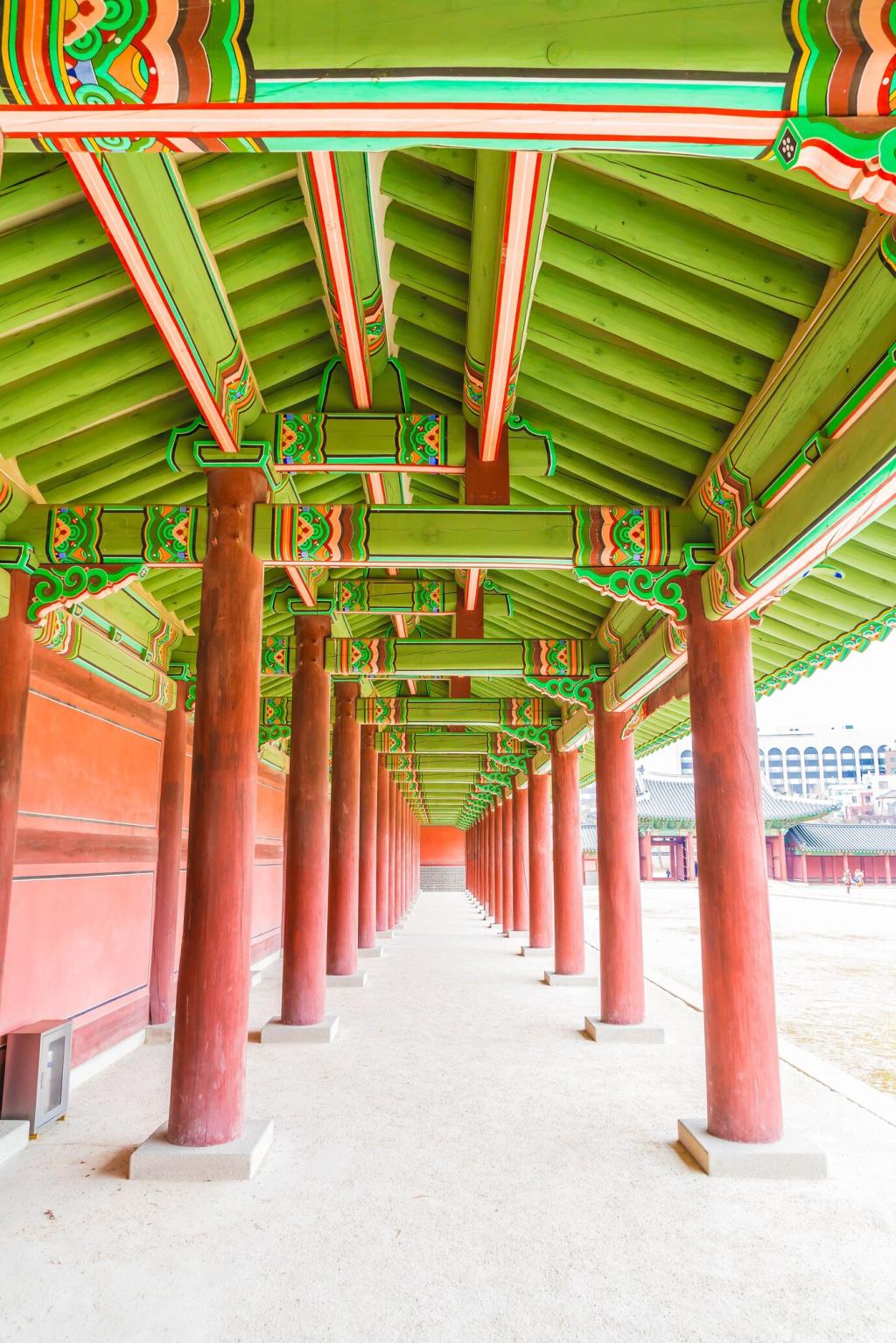
Diverse Cultural Elements in Today's Architectural Landscapes
The architectural landscape of the modern world is a dynamic tapestry woven from a wealth of diverse cultural threads. As globalization accelerates and international exchanges become more frequent, architects and city planners are increasingly drawing inspiration from a variety of global sources. This has resulted in urban environments and building designs that reflect, celebrate, and preserve the unique traditions, beliefs, and aesthetics of different communities. From the integration of ancient motifs to the blending of innovative technologies with time-honored practices, today’s architecture stands as a vibrant witness to cultural diversity’s value and its influence on shaping our built environment.
The Interplay of Tradition and Modernity
Architects often revisit ancient building methods and materials, adapting them for modern construction to provide sustainability and regional connection. For instance, the use of local stone, adobe, or wood in building facades links new structures to longstanding customs while addressing today’s eco-friendly priorities. The incorporation of traditional craftsmanship—such as intricate carvings, tilework, or textile-inspired patterns—enriches the sensory experience of buildings and fosters a dialogue between generations. This revival does not amount to imitation; rather, it’s a respectful evolution, allowing communities to recognize familiar motifs in structures equipped for contemporary life.
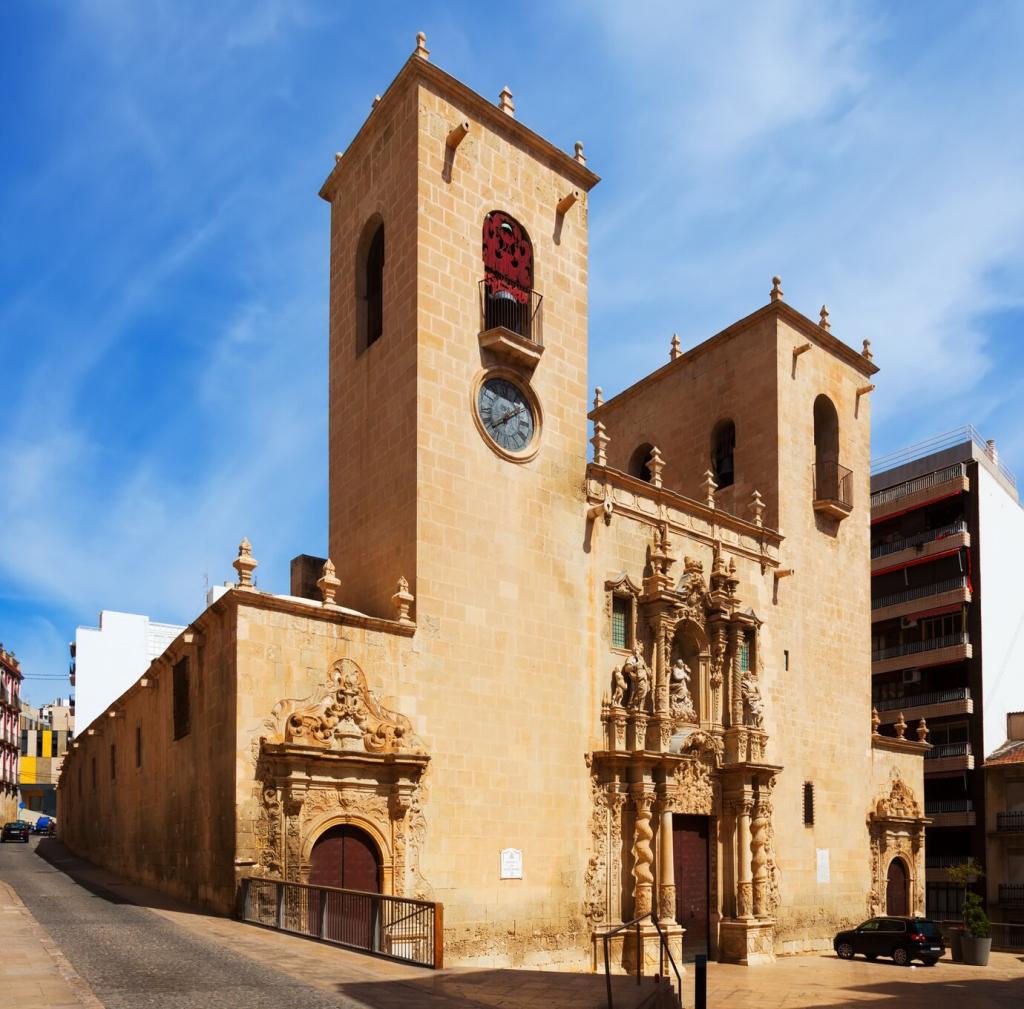
International Inspirations in Skyline Silhouettes
The skyline of a modern metropolis often tells the story of its openness to global ideas. Towers with pagoda-style roofs may rise alongside domed structures or modernist high-rises, creating an eclectic harmony. Influences from Asia, the Middle East, Europe, and beyond are synthesized as architects work across borders, infusing their projects with international motifs. The resulting silhouettes are not simply collections of disparate styles; rather, they represent an ongoing conversation between cultures, a visual narrative of coexistence and creativity.
Multicultural Public Spaces
Public squares, parks, and pedestrian zones increasingly serve as platforms for cultural expression and interaction. These spaces may incorporate elements such as traditional sculptures, mosaics, or design patterns from different ethnic backgrounds, fostering inclusivity and shared identity among diverse residents. Design strategies might purposefully reference communal gathering places from multiple cultures, promoting cross-cultural dialogue and understanding. By embedding multicultural features into the urban fabric, designers create environments where everyone can see aspects of their heritage reflected, contributing to a sense of belonging.
Cultural Storytelling in Wayfinding and Signage
Even the subtle design details—like wayfinding systems and urban signage—may echo diverse cultural aesthetics. Multilingual signs, pictograms inspired by indigenous art, and materials sourced from different regions serve a functional purpose while weaving cultural storytelling into the everyday experience of moving through a city. In some places, these details honor the languages and symbols of historical communities, while in others, they reflect the evolving identities of neighborhoods shaped by migration and change. Such thoughtful curation transforms mundane navigation into a richer interaction with place and history.
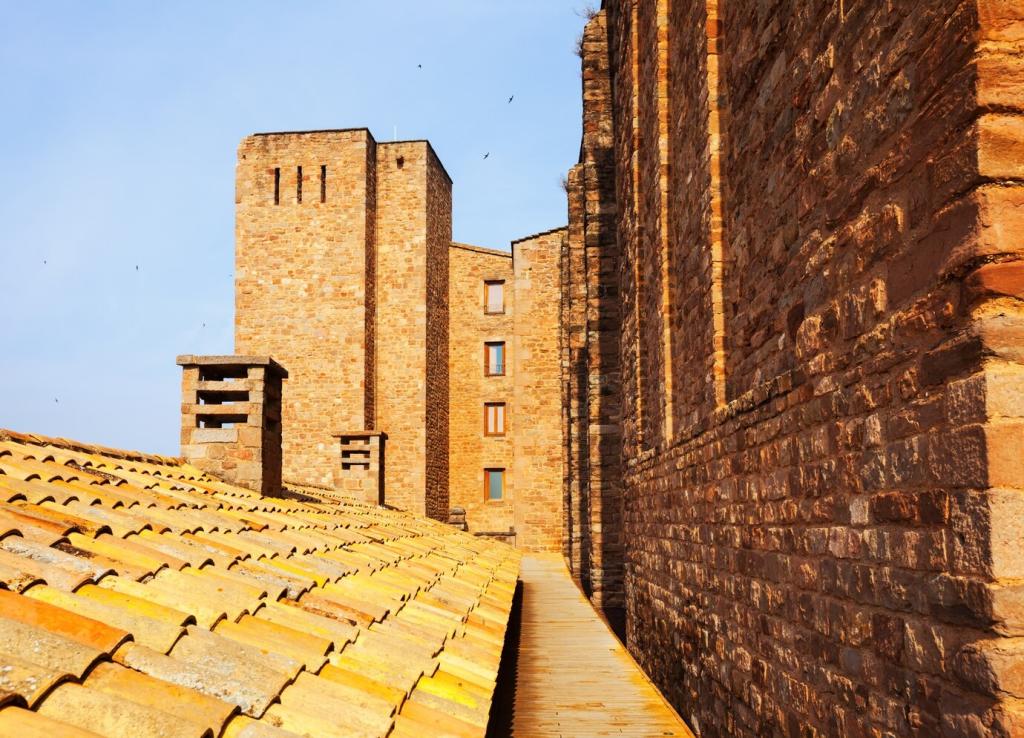
Vernacular Architecture and Climate Resilience
Vernacular architecture, shaped by generations of adaptation to local climate and geography, offers valuable lessons for contemporary building. From the wind-catching towers of the Middle East to stilted homes in flood-prone Asian regions, these designs offer passive cooling, natural lighting, and resilience in the face of environmental challenges. Today’s architects study such regional wisdom to create buildings that minimize energy consumption and withstand local climate extremes. Through thoughtful reinterpretation, cultural traditions become essential tools in building a more sustainable future.
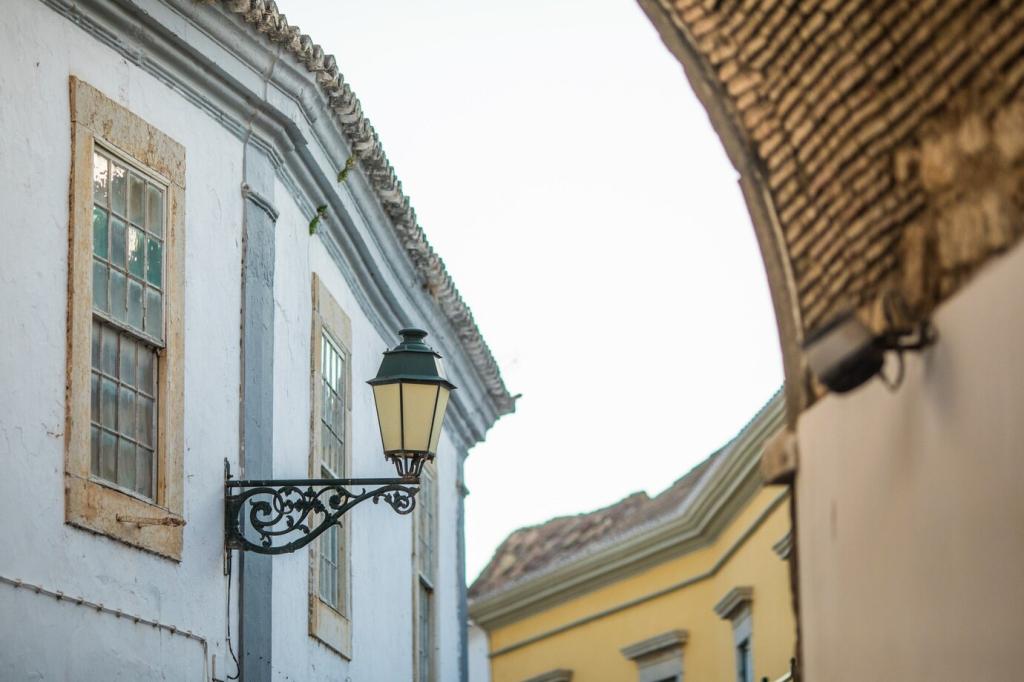
Indigenous Materials and Eco-Friendly Design
Reclaiming indigenous materials is increasingly recognized as a key step toward ecological responsibility and cultural respect. Utilizing resources like bamboo, mud, or region-specific timbers means reducing the energy and carbon costs of transportation while supporting local economies. These materials are often naturally abundant and renewable, and their use ensures that new constructions remain harmoniously integrated with their surroundings. Furthermore, such choices evoke the tactile charm and visual character of age-old techniques, celebrating the artistry and environmental awareness of traditional cultures.
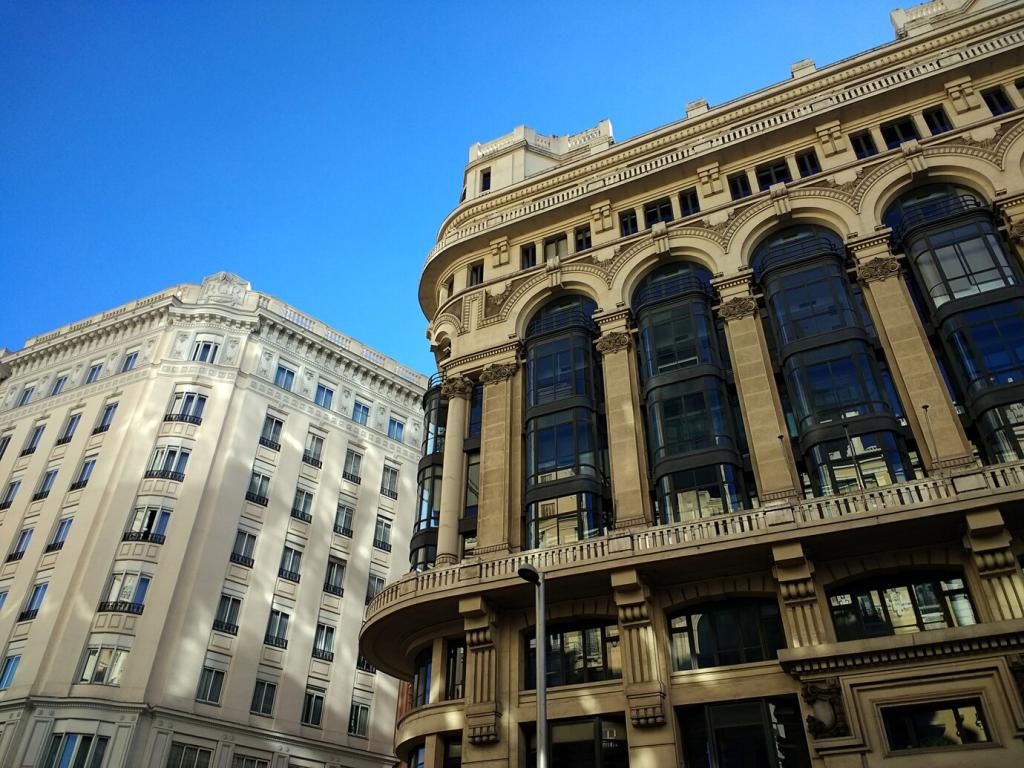
Communal Approaches to Urban Sustainability
Across the globe, diverse cultures have developed community-based practices for sharing resources and nurturing the environment, traditions now finding renewed importance in urban planning. Courtyard housing, urban agriculture, shared open spaces, and collective water management are just a few examples of communal strategies with deep roots in cultural heritage. Modern interpretations of these practices help foster social cohesion, reduce environmental impact, and cultivate a sense of ownership among residents, weaving sustainability and cultural identity into the fabric of daily urban life.
